Pipeline vs. Decoupling Inventory - Similarities and Differences
Decoupling inventory is typically used in the manufacturing industry as safety stock to keep systems operating, even when the business is experiencing issues or delays. This ensures they can meet their quota and fulfill customer orders. Otherwise, the company may need to postpone their shipments, resulting in unsatisfied clients.
Therefore, organizations should understand how the decoupling inventory system can improve their risk management and prevent supply chain disruptions.
What is Decoupling Inventory?
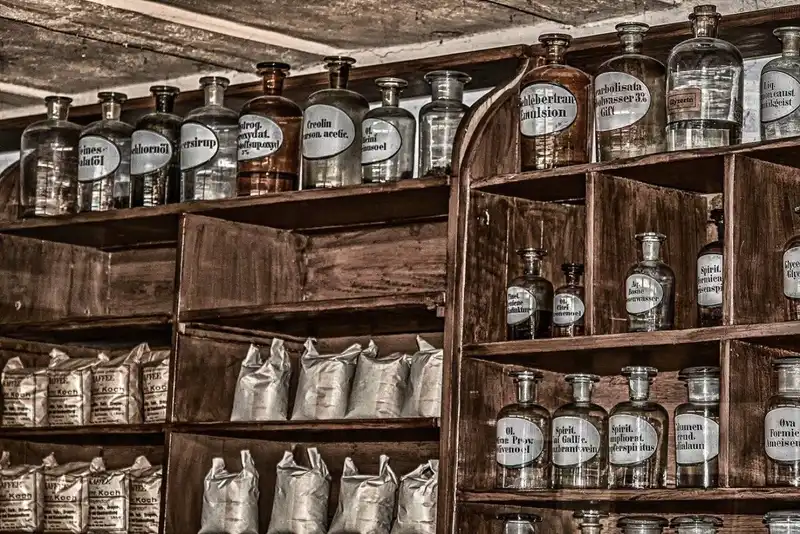
Decoupled inventory consists of stock that is set aside in case production slows or stops. This inventory can include already finished goods or batches of raw materials. Many manufacturing companies use decoupling inventory to ensure they can meet customer demand when there are inadequate supplies or equipment breakdowns.
Businesses within the manufacturing industry, especially those that handle mass production, have several points of weakness, such as bottlenecks, within their assembly line. Setbacks can also stem from issues outside of an organization from further up in the supply chain. These areas can cause production to halt, delaying product shipments and customer payments.
By setting aside decoupling inventory, companies can avoid pain points and vulnerabilities related to-
- Fluctuating customer demand
- Suppliers
- Inventory
- Product line
- Delivery
- Procurement
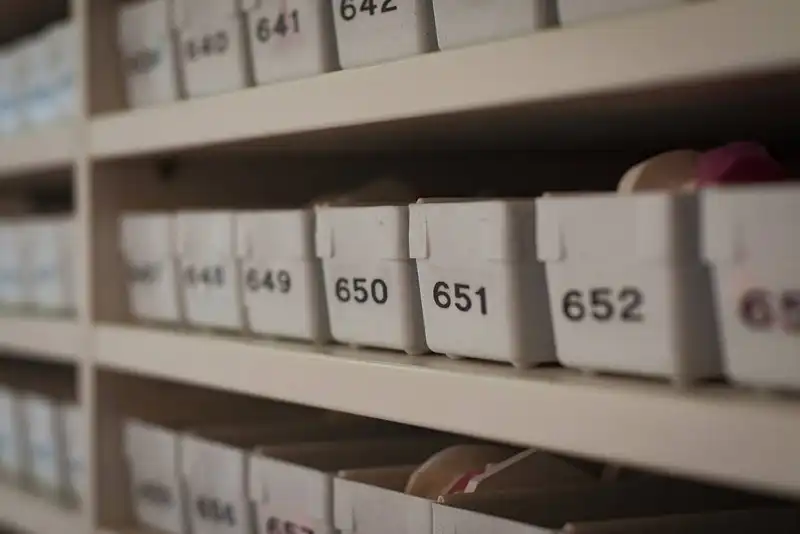
For example, companies that manufacture products with multiple components have several vulnerable areas that could slow down production. Therefore, if one component is out of stock, the sequential operations must also stop.
However, with decoupling inventory, the business can ship out stored finalized items while determining where to source more supplies.
Having this extra inventory gives businesses some wiggle room to resolve issues while fulfilling client and financial obligations.
What is Pipeline Inventory?
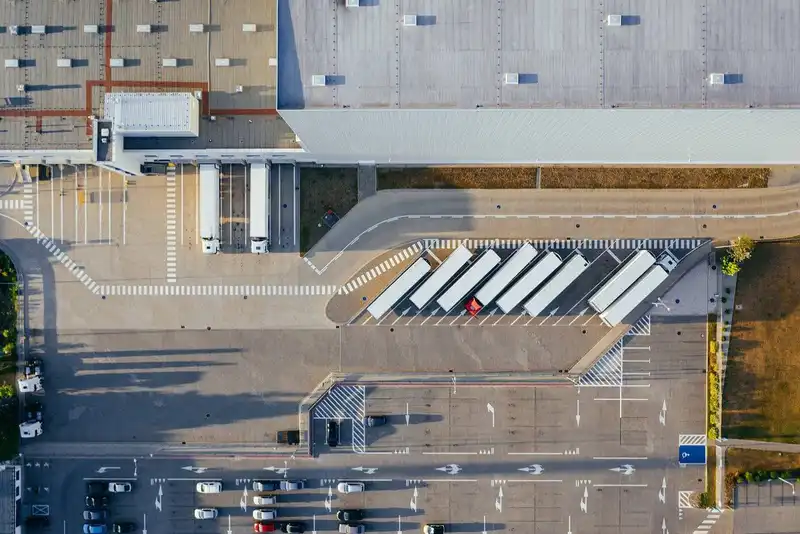
Pipeline inventory refers to inventory that is still somewhere in the supply chain and has not reached its final destination. In other words, it is the raw materials needed to assemble components or a finalized item.
While pipeline inventory is still in transit, it is still considered part of the shipper's inventory until the client pays and receives it.
For example, if a business buys stock from a distant manufacturer, the products are considered pipeline inventory as its processed, shipped, and in transit. Once the items arrive at the business's facility and are physically accounted for, the stock is subtracted from the sender's list and added to the client's records.
Even though ownership still remains with the sender until inventory arrives at its final destination, companies must calculate their pipeline inventory to track their assets and overheads.

To calculate the pipeline inventory, companies need two values-
- Lead Time is the amount of time it takes businesses to receive stock once they've placed their order.
- Demand Rate refers to the number of units a company sells between orders.
Once businesses determine these two values, they can calculate their pipeline inventory-
Lead Time x Demand Rate = Pipeline Inventory
For example, an organization has an average lead time of three weeks. If they make a purchase order once a week and sell 200 units a week, they have 600 units of pipeline inventory-
3 weeks x 200 units = 600 units of pipeline inventory
Decoupling vs. Pipeline Inventory
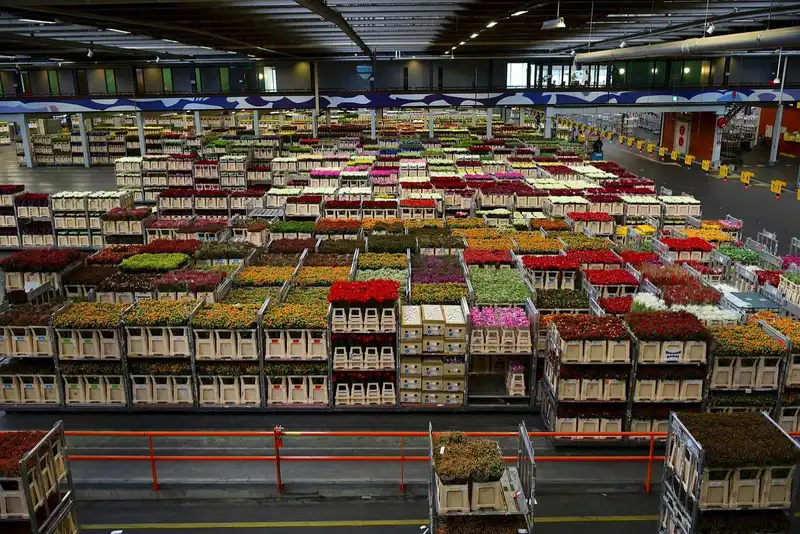
Decoupling and pipeline inventory have several subtle similarities and differences. However, their application and use serve very different purposes. Therefore, businesses should learn how both types of inventory compare to the other-
Similarities
Both decoupling and pipeline inventory-
- Focus on improving operational efficiency.
- Have a fundamental approach based on compensating for lost time.
- Provide the chance to continue operations while resources are unavailable.
- Include the expense of lost opportunities.
- Dilute the negative impact of supply shortages.
- Provide a source of semi-finished products.
- Generate more accurate inventory data.
- Provide better insight into inventory analytics.
Differences

The primary differences between decoupling and pipeline inventory include-
- Decoupling inventory is an internal system, while pipeline inventory is externally implemented.
- Decoupling is a method used to house inventory, while pipeline is labeled as an independent inventory system.
- Decoupling inventory is an operational management strategy used to eliminate bottlenecks, while pipeline inventory is a business process.
- Decoupled inventory is stored on-site, while pipeline inventory exists only outside the business.
- The decoupling inventory system is typically only used by large manufacturers, while the pipeline system is standard among many types of companies.
Advantages of Decoupling Inventory
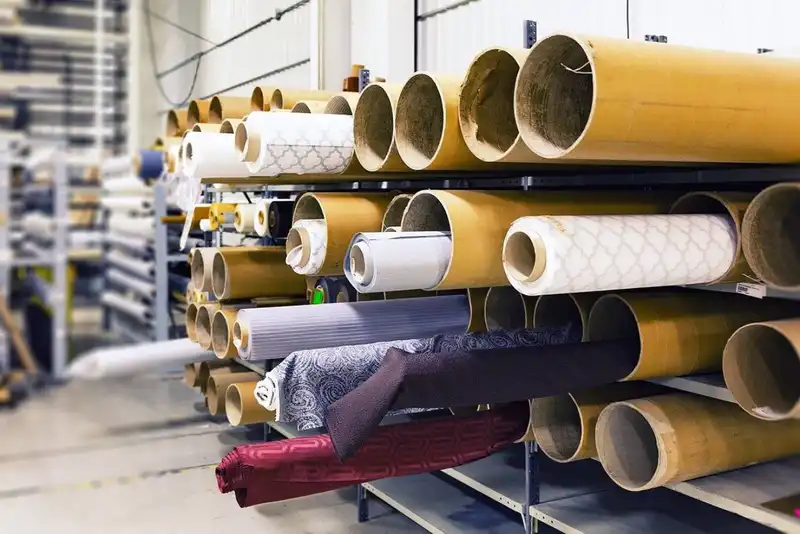
By maintaining a level of extra stock with the decoupling inventory model, businesses can-
- Prevent negative impacts of switching suppliers or altering internal systems.
- Have a cushion that supplements costs needed to resolve issues without having to dip into profits.
- Compensate for human resource issues, such as a lack of employees.
- Have adequate time to fix equipment and resolve technical problems.
- Lower pressure on internal systems and perform routine maintenance.
- Maintain consistent yields.
- Optimize production lines for components or finished goods to meet fluctuating demand.
With decoupling inventory, companies can improve their flexibility and responsiveness to unexpected supply chain delays.






